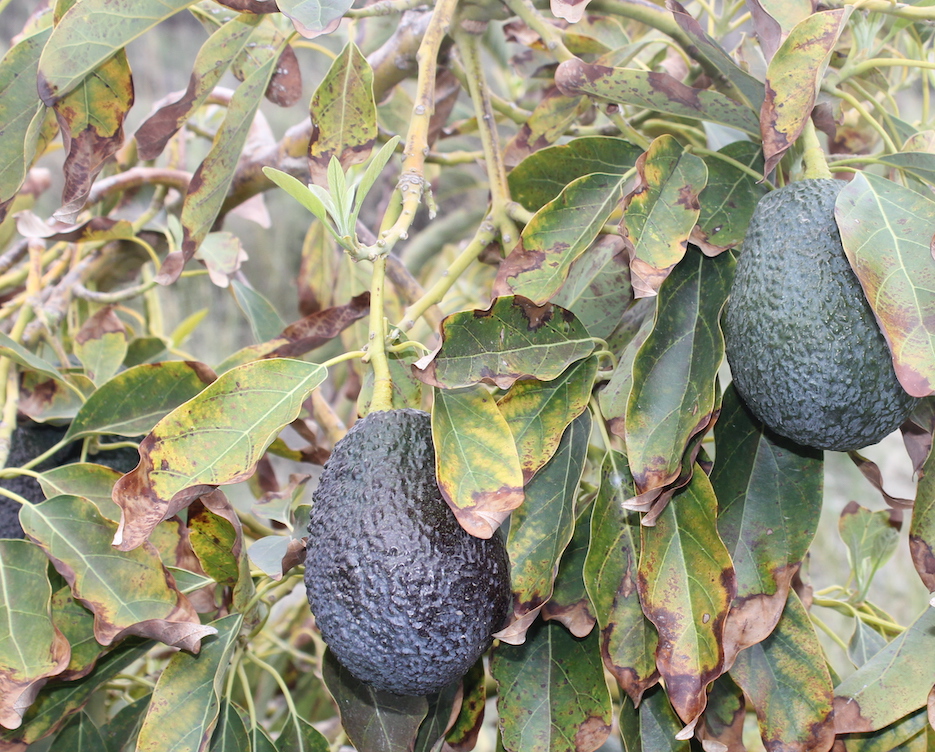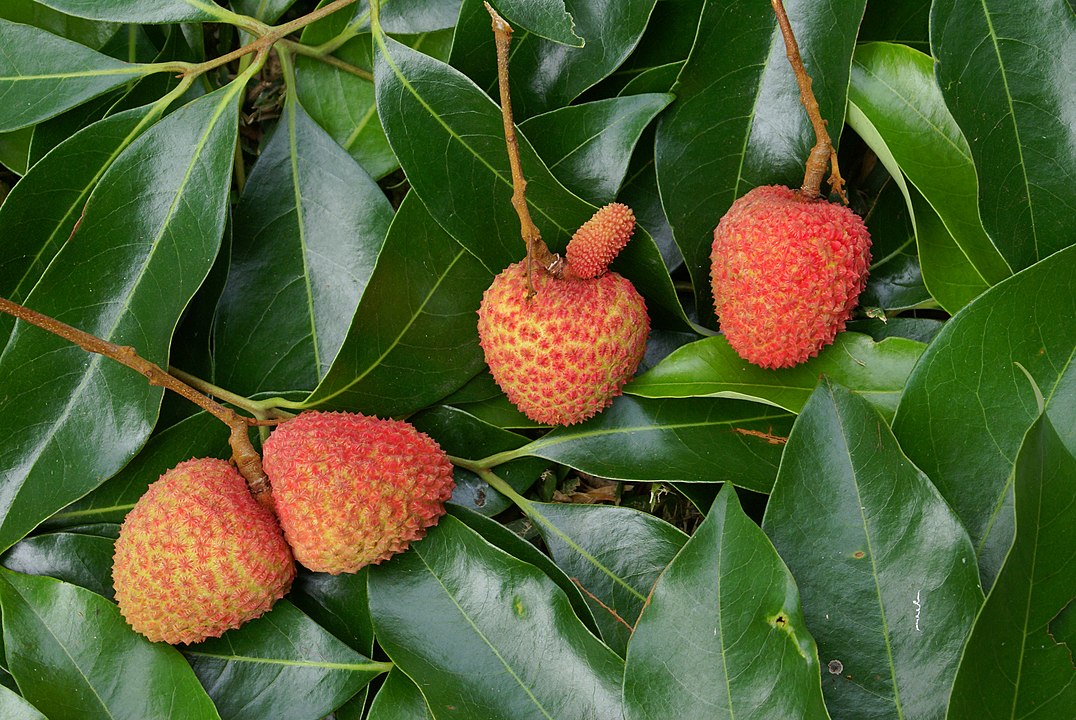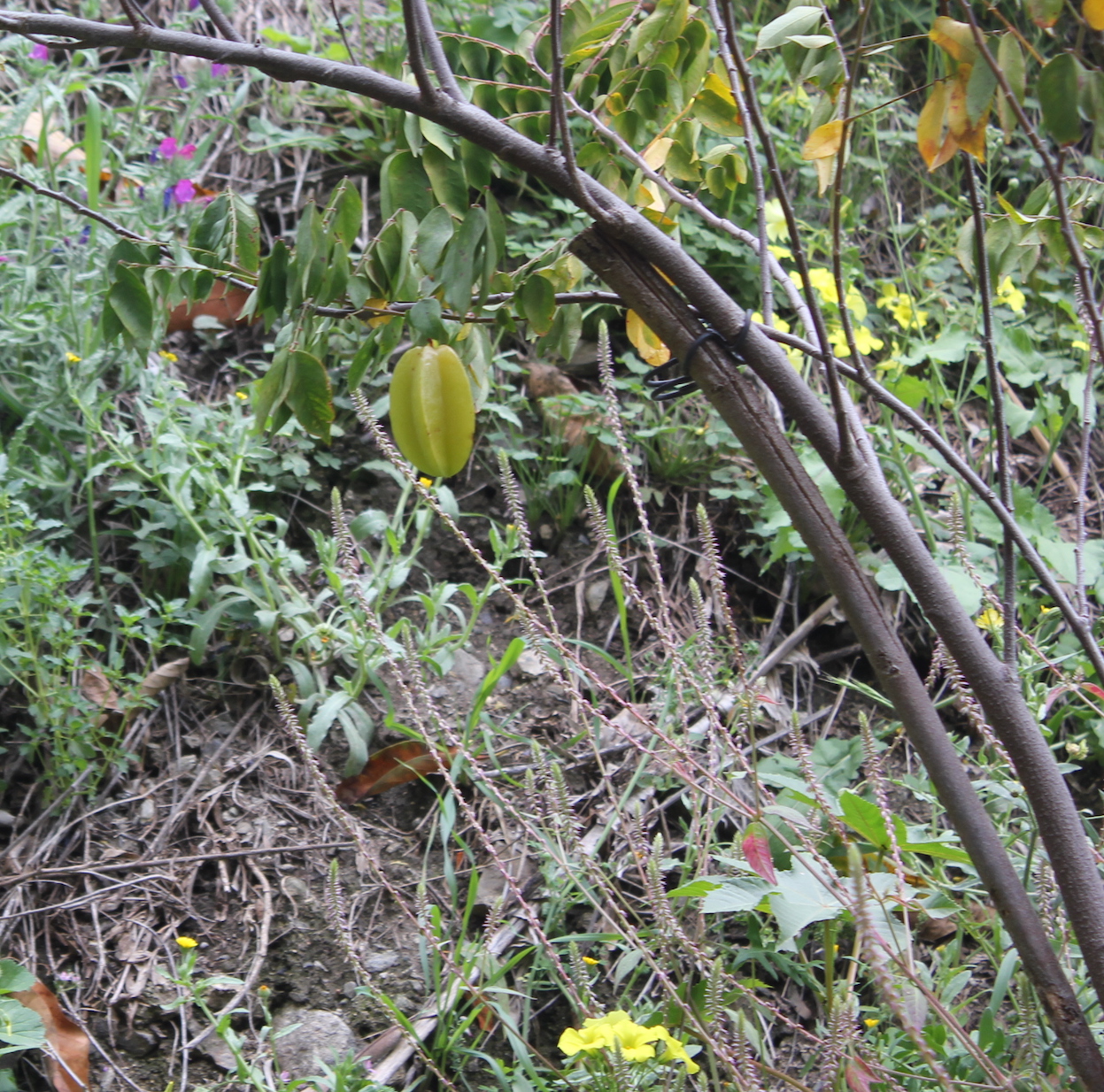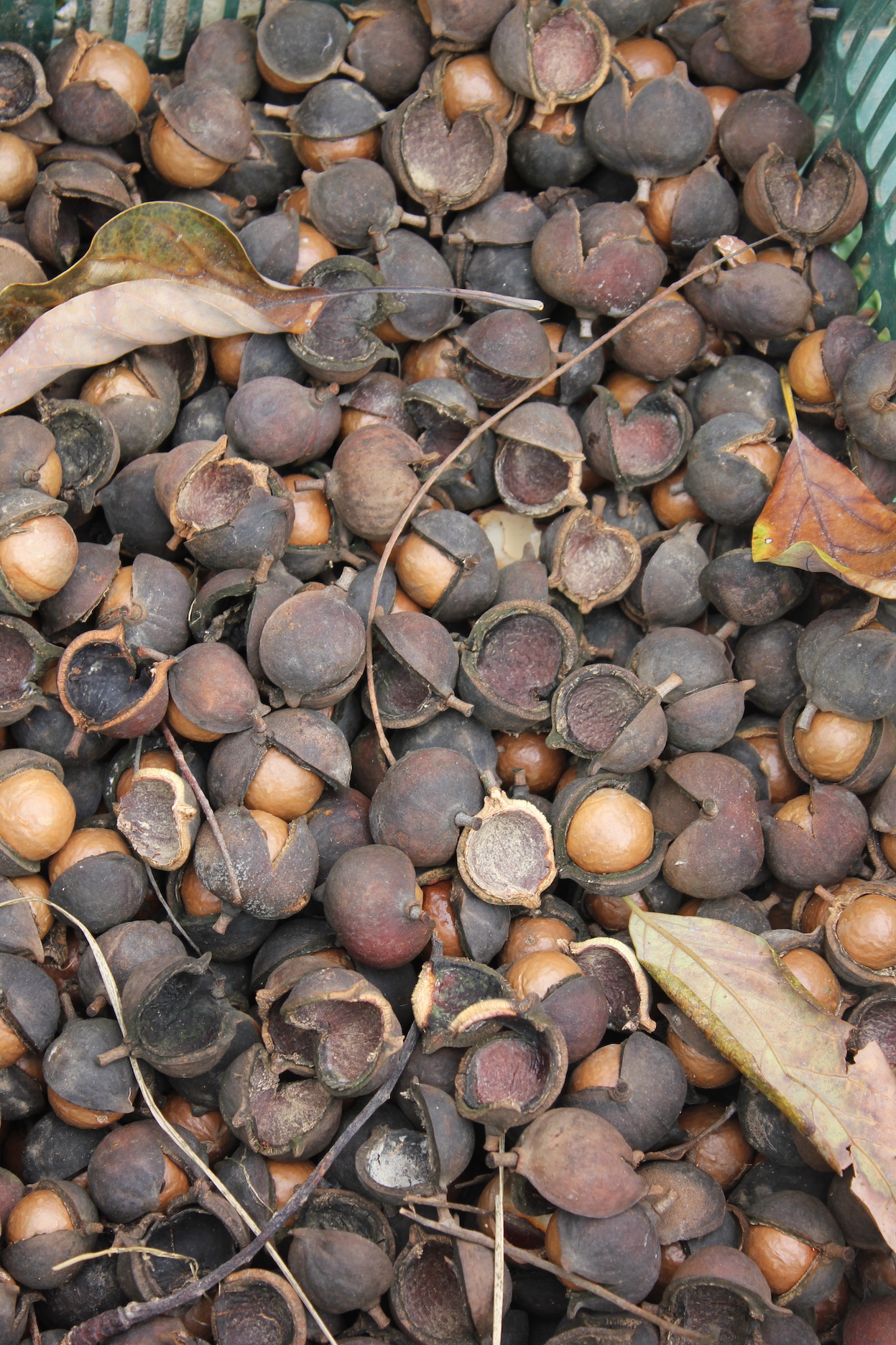Flavours of the Costa Tropical
Fruits
The Costa Tropical tastes and smells of tropical fruit, wine, traditional rum, the sea and its fruits.
Costa Tropical fruits
It is the only place in Europe where tropical fruit is grown. Costa Tropical is a benchmark in Europe for subtropical crops. The region’s climate is one of a kind in Europe and was found to be perfect for growing these fruits: mango, chirimoya, custard apple, avocado and loquats; and other more exotic ones, such as guavas, lychees, dragon fruit, star fruit and kumquat.
The unique climate of the Costa Tropical is a result of the direct contact of the land with the Mediterranean Sea, and the fact that it is protected by the mountains of Sierra Nevada and Lújar from the north winds and from the influence of the winds that come from the northernmost part of Africa. This creates a subtropical microclimate.
Where to buy local tropical fruit? Preferably in shops - fruteria, directly on the farms and in markets – mercado municipal
Chirimoya
The fruit showpiece of Costa Tropical is the chirimoya. Mark Twain wrote that cherimoya is the tastiest fruit that man has tasted. This heart-shaped fruit is as sweet as pudding, which is why the English call it a custard apple - meaning an apple flavoured with custard.
Cherimoya tastes like sweet custard pudding, although sour notes are also noticeable. Despite its sweetness, the fruit is not calorific. Cherimoya has many valuable properties. It is a source of vitamins and minerals. It contains antioxidants and fibre, exhibits antibacterial activity and has anti-cancer properties.
How to eat chirimoya? The fruit should be soft. If you buy a hard one, it will soften after 2-3 days. When cut in half, it can be eaten with a spoon.

Avocado
This is also a speciality of the Costa Tropical. Avocados are among the most widely grown fruit and vegetables in the region. Avocados originated in Mexico and were known as early as 7,000 years ago. Avocados lower cholesterol thanks to their oleic acid content, and the potassium they contain regulates blood pressure.

Mango
A characteristic fruit of the Costa Tropical is also the mango. Mangoes are low in calories and contain many valuable nutrients. To choose a mango that is ripe and sweet, it is necessary to pay attention to the appearance of its skin. The most important thing is the colour: green indicates unripe and intense red indicates overripe. The best fruit to eat will be the one that will slightly yield when pressed. A ripe mango releases a pleasant fragrance. How to peel a mango? Place the fruit on a cutting board. Peel the sides away from the stone. Cut the peeled pieces into a grid. Turn the flesh inside out.

Papaya
It is a plant species found in tropical and subtropical areas. It is native to Central America and southern Mexico. The ripe fruit has a yellow-orange skin colour. The flesh is orange.Unripe fruits are hard and the skin is green. The fruit, leaves as well as the seeds of the papaya contain large amounts of valuable nutrients. Papaya contains various chemical compounds known primarily for their antioxidant properties, including rutin, quercetin, papain, caffeic acid, tocopherol or kemferol. Papaya flesh is rich in vitamins and minerals. Its peel is also edible. You can eat the fruit raw. They have a sweet, delicate flavour. They are ideal as an ingredient in smoothies, sorbets or exotic salads. They are also used for preserves (e.g. jams, marmalades, juices), canning or candying. Papaya seeds are also edible. In appearance, they resemble peppercorns. They are quite bitter and pungent.

Kumquat
This fruit is native to Southeast Asia. Its name in Cantonese means “golden orange”. Kumquat fruits grow on evergreen, small trees or shrubs. The kumquat is very similar to an orange in appearance, but is much smaller than it. It is the only citrus fruit that can be eaten “with the peel”. Unlike oranges, grapefruit or mandarins, kumquats have a thin, sweet peel and a tangy, slightly tart centre. Fresh kumquat tastes best if it is gently rolled between the fingers before being eaten, as this way the peel releases the essential oils. This small fruit contains many nutrients and vitamins essential for the proper functioning of our bodies. The fruit is rich in immune-supporting vitamin C , fibre (6.5 grams per serving) and plant compounds including flavonoids, phytosterols and essential oils.

Lichis
It is a plant with beautiful and colourful floral calyxes that fruit wonderfully. For this reason, the lychee adorned the gardens of the Chinese emperors themselves. The fruit of the lychee is also known as the Chinese plum. The fruit has been cultivated in China for almost 4,000 years. Lychee fruit contains many valuable ingredients such as vitamins and minerals C, E, K B6, niacin, riboflavin, thiamin, folic acid, calcium, zinc, phosphorus, potassium, magnesium, iron, manganese, copper. Lychees can be eaten fresh, or they can be used to make a variety of preserves and drinks. They can also be used in seafood dishes, fruit salads, meats, fish, as well as in juices, syrups and compotes. Serve with liqueur, cream or ice cream.

Pitahaya
Another name is dragon fruit. Pitahaya is the fruit of many varieties of cacti native to Mexico and Central America. The edible flowers are large, white, intensely fragrant and only bloom at night, which is why they are also called ‘moon flowers’. Pitahayas are counted among the world’s most beautiful fruits. The flesh of dragon fruit is refreshingly sweet and very juicy. Interestingly, the low temperature brings out their flavour brilliantly, which is why they usually become an ingredient in frozen drinks and ice cream desserts. When you decide to buy a dragon fruit, choose pieces with a smooth , uniform skin, without any lumps or discolouration. A suitable pitahaya should be springy and slightly bend under pressure. How to eat? Wash the heavily cooled fruit under running water and wipe it with a kitchen towel. Then simply cut it in half and scoop out the sweet flesh with a spoon.
Guayaba, Guava
Guava is a tropical plant native to South America. The tree grows to a height of about 9 metres, flowers up to twice a year and the flowers it produces are white, quite large and have a very intense fragrance. There are many varieties of guava. They differ mainly in the colour of the fruit - its skin can be green, yellow, orange or red. Guava has a very good effect on health, and its regular consumption has many benefits. Guava can be eaten raw, without any preparation. It just needs to be washed, cut in half and the flesh scooped out of the centre. The fruit is also used as an addition to juices, desserts, compotes, drinks and cocktails.
One of the more popular desserts that can be prepared using guavas is the so-called ’el bocadillo de guayaba’, a specific type of jam. To make it, you will need two kilos of guava fruit, sugar (twice as much as the mousse you obtain from the fruit), a little orange juice, and a glass of water. To begin, clean and cut the fruit into smaller pieces, then pour water over it and boil it. Drain off the cooking juice and combine the remaining mousse with the sugar, add the orange juice and simmer over low heat until the mixture becomes thick. Transfer the hot mixture to a dish sprinkled with sugar. The top is also sprinkled with sugar and allowed to cool, after which the dessert is cut into cubes.
Carambola
The carambola, or star fruit, is native to Indonesia, the Philippines, Malaysia, Bangladesh and Sri Lanka. It has a delicate, shiny, smooth and thin skin with a dark yellow colour. When cut crosswise, it resembles a star in cross-section. There are many ways carambola can be consumed. The fruit is usually associated with decorating beverages, cocktails or juices. It can be eaten raw or after heat treatment. In its raw form, it can be used as a decoration, but also as an ingredient in all kinds of drinks, smoothies and purees. In turn, in the cooked version, it can be used to prepare pudding, jam or cake. This star-shaped fruit can also be used as an ingredient in salads. You also need to make sure that the star fruit is ripe, otherwise it will be sour. Ripeness is indicated primarily by colour and the level of hardness. It must be all yellow, with only a small amount of green. It also cannot be too mature. The yellower the fruit, the softer and therefore overripe it is.

Oranges, mandarins, bananas On the Costa Tropical, we encounter orange trees every step of the way. The cultivation of mandarins is also very popular. Banana cultivation is an interesting feature, and one place also grows coffee.


Enjoy a walking tour from Salobreña to the town of Lobres, along the trail of tropical fruit plantations. On our website you will find a description of the trail and a free mini guide to download. https://costatropicaldogs.com/senderismo/
Bio farm. A unique place in Europe
An unusual site on the Costa Tropical is the fruit and coffee farm in Almuñecar. They offer guided visit (Spanish, English). Walk of approximately 90 minutes where you will be able to: Visit the oldest mango tree in the Iberian Peninsula, a forest of centenary custard apple trees Visit the northernmost experimental coffee plantation in the world. Enjoy a modern mango plantation, learn more about the pollination of pitahayas. See hard-to-find exotic plants such as longan, yuzu or jackfruit. Learn about permaculture practices to regenerate the environment. While visiting the farm we will listen to many interesting stories, full of humorous anecdotes. Cost of the visit - 15 EUR
Highly recommended.
The farm’s website:
If you have a car, it will take you several minutes to get to the farm from Almuñecar. When you don’t have a car to get to the farm use our transfer service from Motril, Salobreña, Almuñecar and the surrounding area. (€10 per person round trip). Dates and details on:
LINK https://costatropicaldogs.com/ourtours/

Coffee plant Coffee from these plants can be bought on the farm

Macademia nuts

Bread Tree